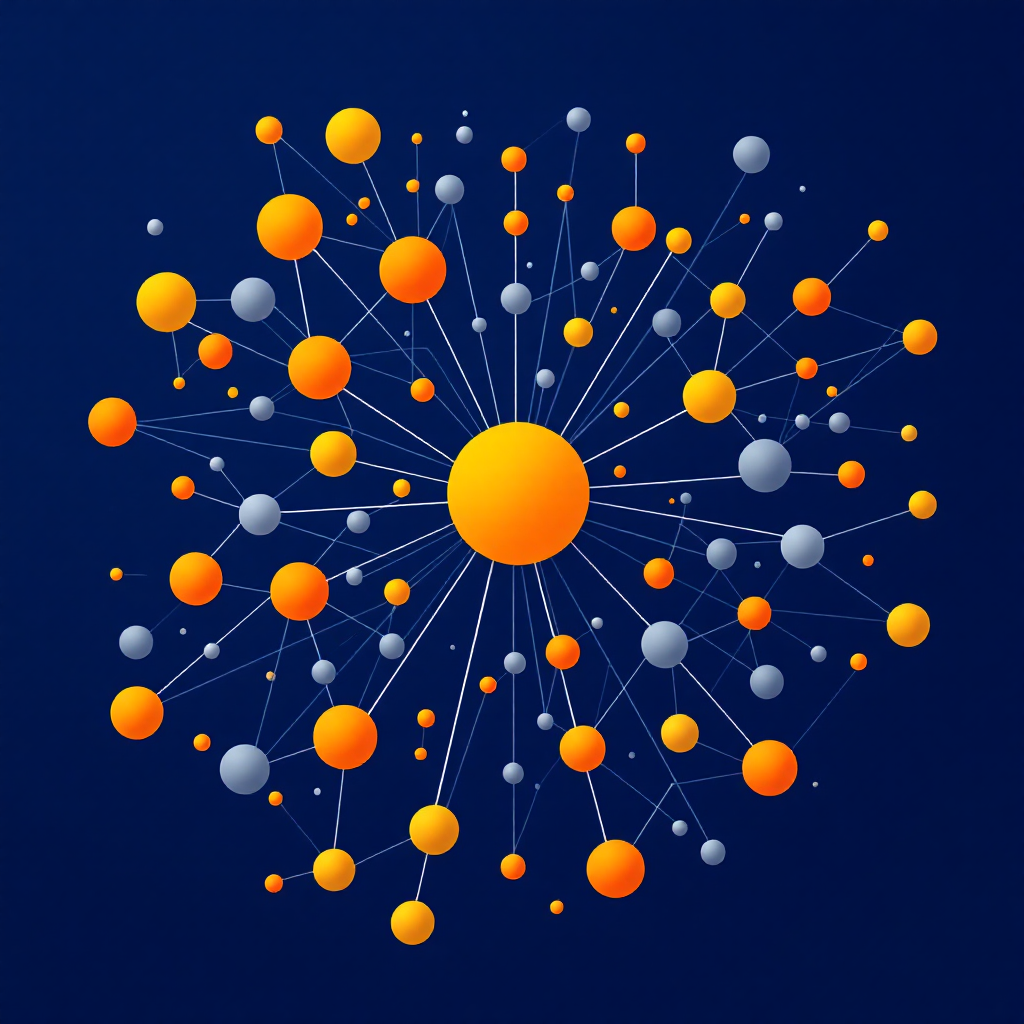Text analysis as a form of digital scholarship
|
Digital scholarship (DS) is an academic field that employs digital technologies to analyze, explain, and interpret traditional subjects such as history, literature, and social sciences, making research accessible to a broader audience. DS research typically utilize digital and computational tools for text analysis, geospatial mapping, data visualization, network analysis, online exhibitions, storytelling, and more. These projects create new opportunities, engaging and captivating diverse audiences in the appreciation of scholarly work. |
 |
Digital scholarship vs. digital humanities
| Digital scholarship | Digital humanities |
|
Interdisciplinary - covering a wide range of subjects Focus on the application of digital tools and methods to traditional scholarship |
Humanities disciplines Incorporate digital tools and methods to study texts, images, histories, languages, and cultures |
Methods and Tools
Text analysis was the first digital humanities project. [1]
Involves applying computational methods to large collections of texts (corpora) to extract insights, known as distant reading (vs. traditional close reading).
Common methods include:
- Concordances : Analyze word frequency and locations within texts.
- Topic Modeling: Identify recurring themes using computational linguistics.
- Stylometry [2]: Study writing style statistically to attribute authorship or identify genre features.
- Uncovering patterns : Unveil biases, assumptions, and hidden meanings, offering fresh perspectives and deeper insights.
- Sentiment analysis : Evaluate and interpret emotions, opinions, and attitudes expressed in text, helping to understand public sentiment, customer feedback, and social trends.
Sources:
[1] Chris Alen Sula, Heather V Hill, The early history of digital humanities: An analysis of Computers and the Humanities (1966–2004) and Literary and Linguistic Computing (1986–2004), Digital Scholarship in the Humanities, Volume 34, Issue Supplement_1, December 2019, Pages i190–i206, https://doi.org/10.1093/llc/fqz072
[2] Cammarota, V., Bozza, S., Roten, C.-A., & Taroni, F. (2024). Stylometry and forensic science: A literature review. Forensic Science International: Synergy, 9, 100481. https://doi.org/10.1016/j.fsisyn.2024.100481
ArcGIS Online is a cloud-based geographic information system (GIS) mapping and analysis platform. Users can create interactive web maps, collaborate, analyze data, and manage spatial information.
Mapmaking tools and collaborative features — all in one easy-to-use package. View high-resolution satellite imagery, explore 3D terrain and buildings in hundreds of cities, and dive into Street View's 360° perspectives.
For users with advanced feature needs. Import and export GIS data, and go back in time with historical imagery. Available on PC, Mac, or Linux.
Palladio : A web-based tool developed at Stanford University for creating network graphs. It is particularly useful for generating simpler graphs and enables users to analyze data with features like time and network relationships. Its visualizations include maps, timelines, and other dynamic formats.
RAWGraphs : An open-source, web-based tool designed to easily create custom visualizations from tabular data. It supports a wide range of chart types, including alluvial diagrams, scatterplots, circular hierarchies, and more. RAWGraphs is particularly popular for its flexibility and ease of use.
StoryMaps : A subscription-based tool available through ArcGIS Online, enabling users to create interactive, map-based stories that combine text, images, and multimedia. Ideal for visual storytelling with a geographic focus.
StoryMapJS : A free, user-friendly tool for creating interactive, web-based stories that emphasize the locations of a series of events. It is ideal for visual storytelling with a geographic focus, allowing you to combine maps and narratives seamlessly.
Tableau Public : A free platform for exploring, creating, and publicly sharing interactive data visualizations online. It allows users to build engaging charts, dashboards, and stories.
Web-Based
Palladio : A web-based tool developed at Stanford University for creating network graphs. It is particularly useful for simpler graphs and allows users to analyze data with time and network features, visualizing it through maps, timelines, and other formats.
Requires Download and Installation
Cytoscape : An open-source software platform for complex network analysis and visualization. It supports the integration of attribute data with networks and offers extensibility through plugins (Apps).
Gephi : An open-source network visualization and analysis tool designed to help researchers explore trends, patterns, and outliers in datasets by creating graphs based on nodes (individuals) and edges (relationships or connections).
Trends
As digital scholarship continues to evolve, trends such as open access, digital humanities, and data-driven research highlight the importance of collaboration, accessibility, and innovation in research practices. Embracing these changes can lead to richer scholarly contributions and a more engaged academic community.
Open access:
- Many universities and funding agencies are mandating open access for funded research.
- The rise of preprint repositories allows researchers to share findings before formal peer review.
Digital humanities:
- Enhances traditional research methods by allowing for new forms of analysis.
- Facilitates collaborative projects that bridge gaps between disciplines.
Data-driven research:
- Use of big data analytics to inform research questions.
- Integration of quantitative and qualitative data for comprehensive analysis.
- Data visualization tools to represent complex data interactively.

 2768 6777
2768 6777
